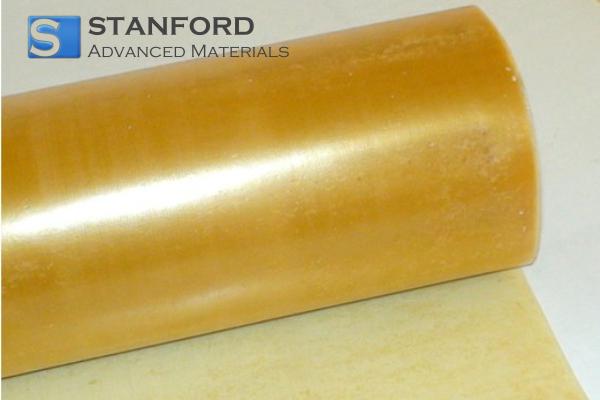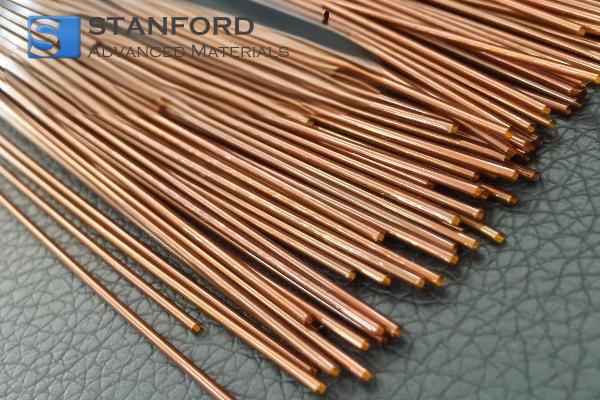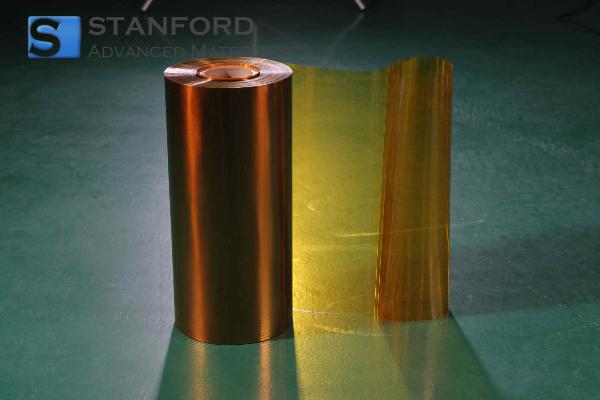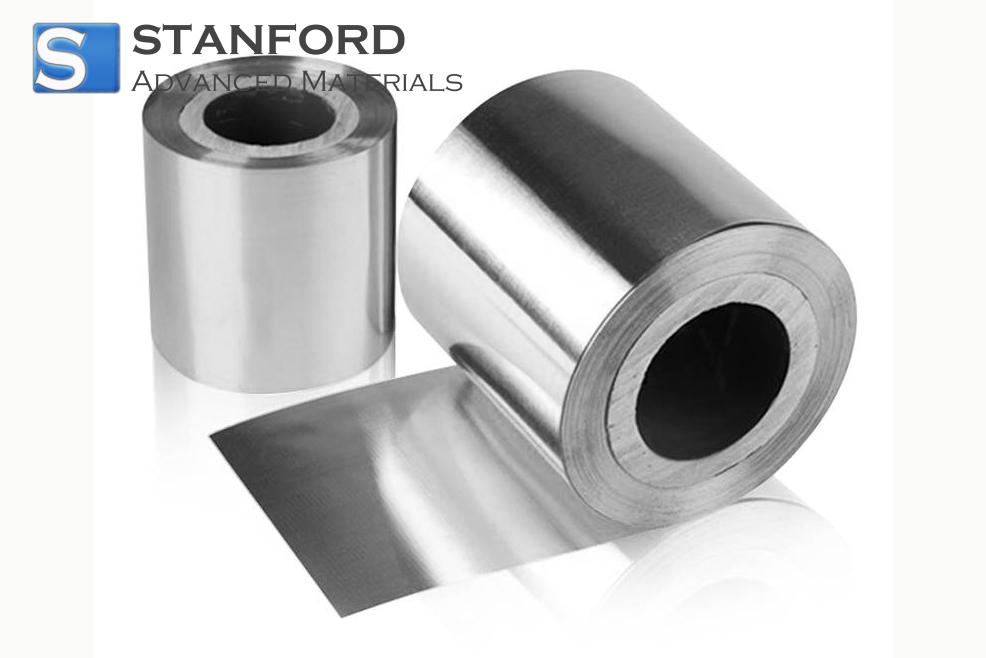Zirconium: Element Properties And Uses
What is Zirconium?
Zirconium is a silvery lustrous transition metal with high corrosion and heat resistance. It combines mechanical strength with chemical inertness – properties that earn it a key role in demanding industries such as nuclear technology, aerospace, chemical process engineering and medical engineering. Its low neutron absorption makes it ideal for use in nuclear reactors.
Origin and Discovery
Zirconium was discovered at the end of the 18th century by Martin Heinrich Klaproth. It is now available worldwide, primarily in the form of the mineral zircon (ZrSiO₄). Industrial extraction is carried out through chemical conversion, usually by chlorinating zircon followed by reduction to metallic zirconium.
Chemical and Physical Properties
Zirconium commonly exhibits an oxidation state of +4 in most of its compounds. When exposed to air, it spontaneously forms a dense, protective oxide layer that prevents further oxidation – a behaviour observed in metals such as titanium or aluminium.
Key Properties:
|
Property |
Value |
|
Atomic Number |
40 |
|
Atomic Mass |
~91,22 u |
|
Melting Point |
1855 °C |
|
Boiling Point |
4409 °C |
|
Density |
6,52 g/cm³ |
|
Crystal Structure |
Hexagonal (α-Phase) |
|
Thermal Conductivity |
ca. 22,6 W/m·K |
Technical Applications of Zirconium
Zirconium is applied in several distinct sectors:
-
Nuclear Technology: Used as a cladding material for fuel rods (e.g. Zircaloy) because of its low neutron absorption and high temperature resistance.
-
Chemical Process Engineering: Employed in piping, heat exchangers and reactors where corrosion protection is essential.
-
Aerospace: Utilised for structural components, engine parts and high-temperature components with an optimised strength-to-weight ratio.
-
Medical Engineering: Applied as zirconium dioxide ceramics in dental implants, prostheses and surgical instruments.
-
Ceramics & Materials: Zirconium dioxide (ZrO₂) is used as a structural ceramic, as an opacifier in glazes and as a constituent in refractory materials.
Industrial Manufacture
The technical process commences with the crushing of zircon and its conversion into zirconium tetrachloride (ZrCl₄), which is subsequently reduced under a protective atmosphere using magnesium or sodium (Kroll process). For enhanced purity, additional sublimation and distillation steps are undertaken.
Frequently Asked Questions (FAQ)
Why is Zirconium indispensable in nuclear reactors?
Its extremely low neutron absorption prevents interference in reactor operations. It also remains structurally stable at high temperatures.
Which zirconium compounds are industrially significant?
Zirconium dioxide (ZrO₂), zirconium carbide (ZrC), zirconium tetrachloride (ZrCl₄) and stabilised oxides for ceramic applications are of industrial importance.
How does Zirconium differ from Titanium?
Both exhibit corrosion resistance. However, zirconium displays greater chemical inertness towards acids and is applied more specifically in nuclear technology.
Where can I obtain high-quality zirconium products?
Stanford Advanced Materials offers a wide selection of zirconium metals, alloys, oxides and evaporation materials for industrial applications.

 Bars
Bars
 Beads & Spheres
Beads & Spheres
 Bolts & Nuts
Bolts & Nuts
 Crucibles
Crucibles
 Discs
Discs
 Fibers & Fabrics
Fibers & Fabrics
 Films
Films
 Flake
Flake
 Foams
Foams
 Foil
Foil
 Granules
Granules
 Honeycombs
Honeycombs
 Ink
Ink
 Laminate
Laminate
 Lumps
Lumps
 Meshes
Meshes
 Metallised Film
Metallised Film
 Plate
Plate
 Powders
Powders
 Rod
Rod
 Sheets
Sheets
 Single Crystals
Single Crystals
 Sputtering Target
Sputtering Target
 Tubes
Tubes
 Washer
Washer
 Wires
Wires
 Converters & Calculators
Converters & Calculators
 Write for Us
Write for Us




 Chin Trento
Chin Trento



